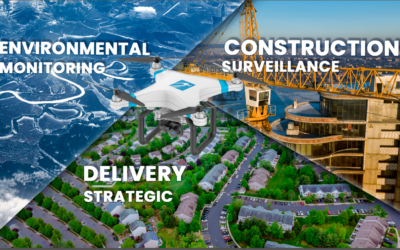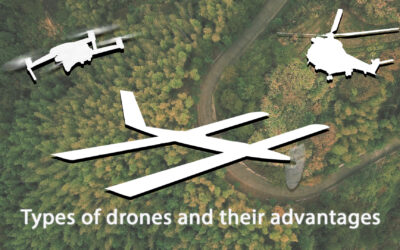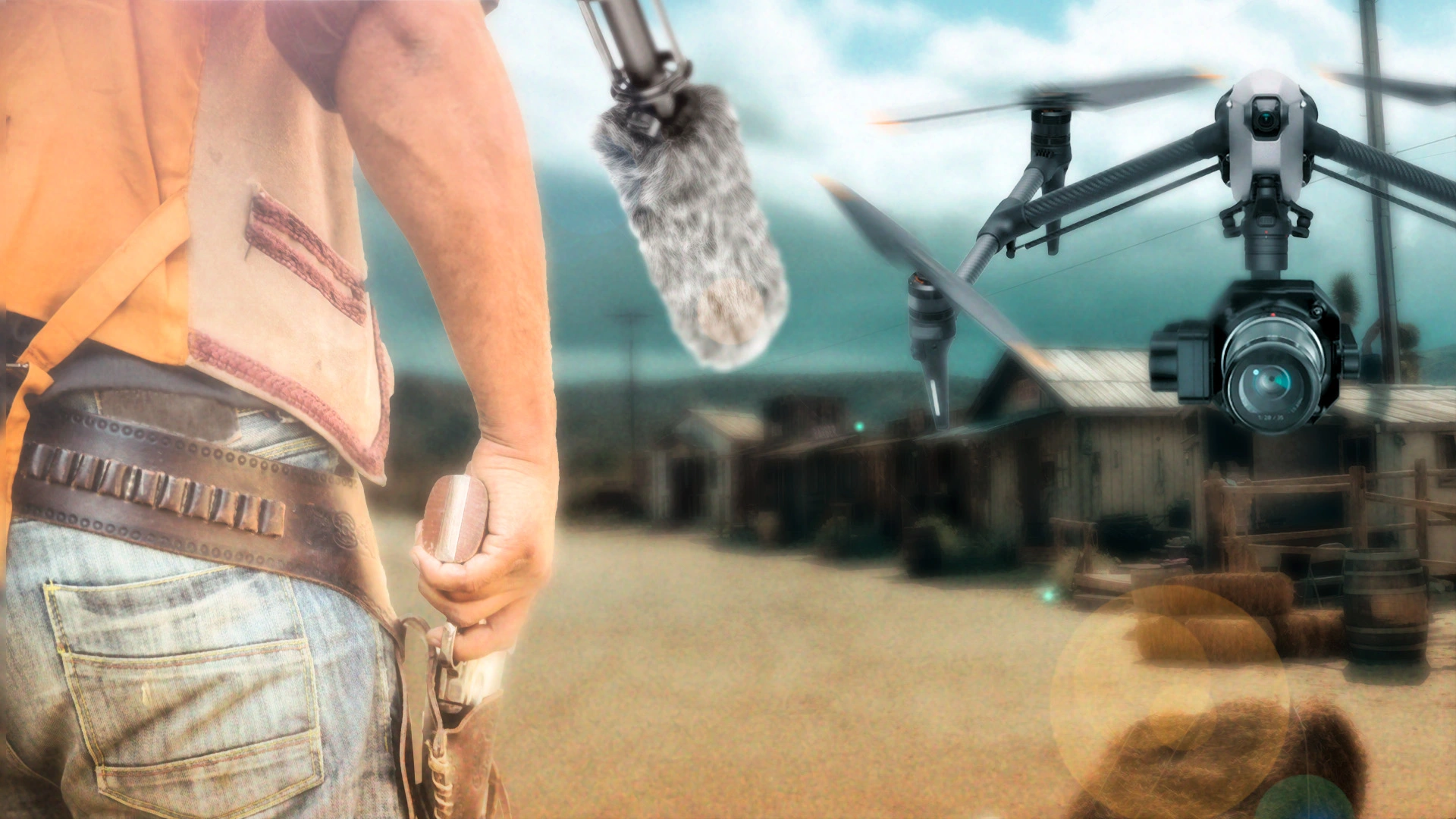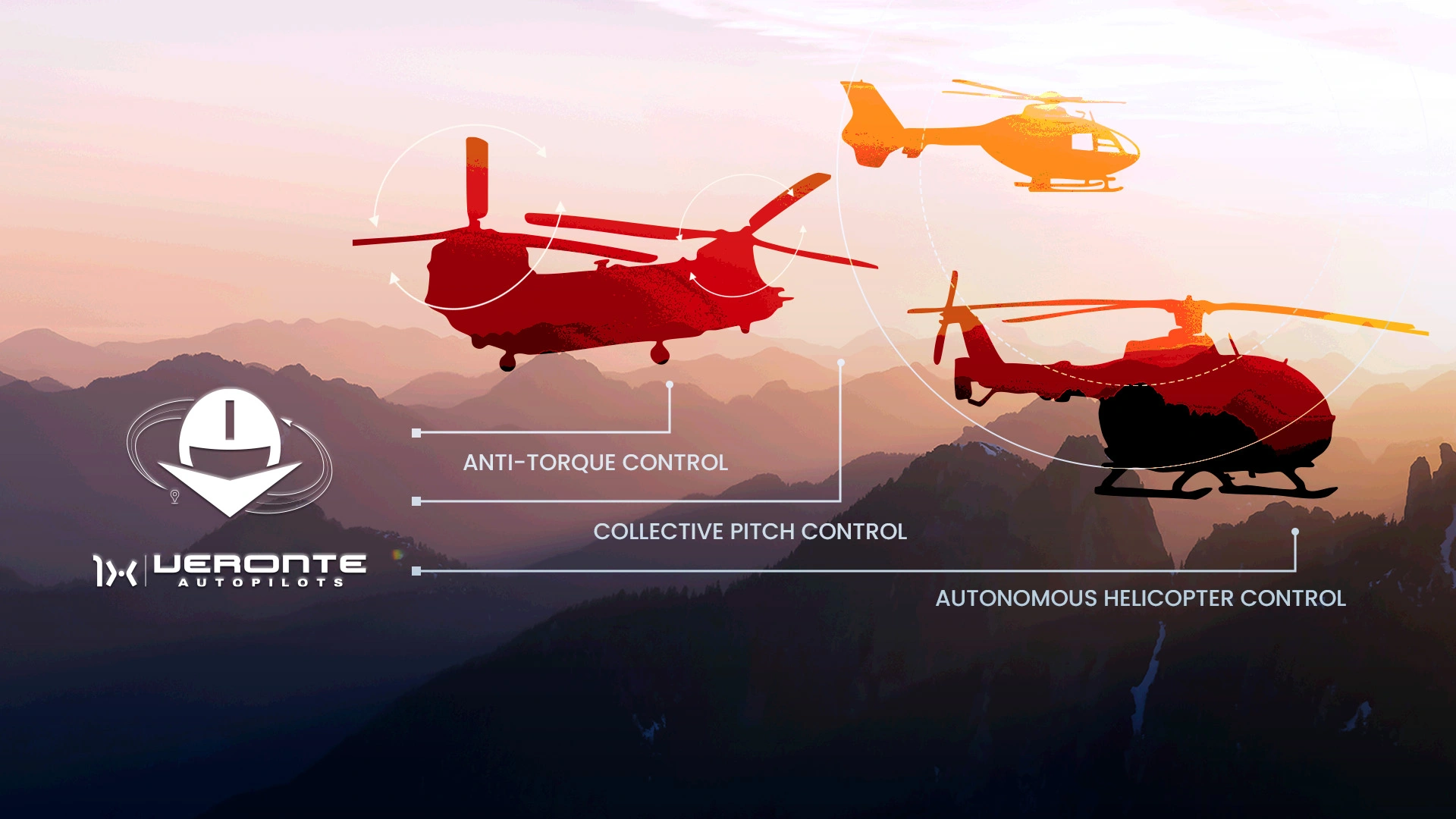Every year, the outrageous results that are produced by uncontrolled fires become evident. For this reason, aviation and safety authorities from different European Member States and the whole world are investing a great amount of resources in firefighting and prevention. Nowadays, Spain already has in some of its regions a small fleet of drones, and, specifically, the Generalitat Valenciana (the government of a Spanish eastern coastal region) approved modifying the Emergencies Territorial Plan to include the use of drones.
Regarding the prevention of uncontrolled fires, drones can help perform inspections of difficult access and potentially dangerous areas, such as dry pastures, all that in a fast and effective way. Besides, they can help to detect and prevent intentional fires, something remarkable considering they are the origin of around 90% of uncontrolled fires.
To help on firefighting tasks, drones are able to detect the danger of a fire just by measuring the smoke; due to some specific algorithms, they can evaluate the required urgency considering the tonality of the smoke and flames (if they exist).
The most common is that drones work together with conventional manned aircraft for firefighting, but without interfering on their airspace. Nevertheless, night operations are scenarios where only drones are allowed to perform firefighting tasks since legislation does not permit conventional firefighting aircraft to operate at night.
Drones specialized in firefighting and other emergencies have already been tested in different situations. In explosions resulting in injured people and toxic clouds, a drone with a thermic camera and another with an optic sensor of great potency is able to broadcast imagery in real time to detect the kind of chemical contaminating substance, to find the victims of the accident, and to evaluate their vital signs.
Beyond these benefits for using drones on firefighting operations, there are many other applications such as search and rescue missions, flood and earthquake prevention, and operating in consequence, among others. For instance, a rescue crew made of five members usually needs around two hours to locate a victim in a square kilometer; a drone is able to do the same task in just 20 minutes or even less.
Latest technological advances on firefighting
Drones development for firefighting does not stop. If a single drone with an infrared camera and another one for professional video is able to provide all the advantages previously said, there are fireproof prototypes on development that are able to increase their functions, such as entering into a burning building to find the core of the fire or trapped people. Some of these prototypes are able to resist around 1,000 ºC while avoiding obstacles.
Embention develops drones able to perform firefighting tasks on its whole range of aircrafts NM&. In addition, Embention has its own R&D project: Flamingo. The key element of Flamingo system is a guided bomb with a payload of 200 liters of retardant / extinguishing agent, able to fly completely autonomously, permitting both: firefighting operations and the creation of chemical firewalls.















